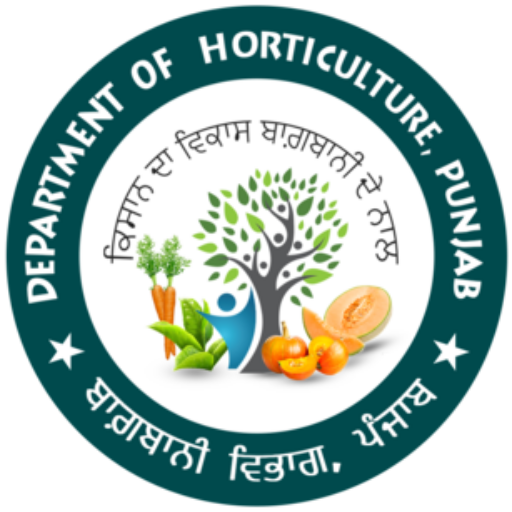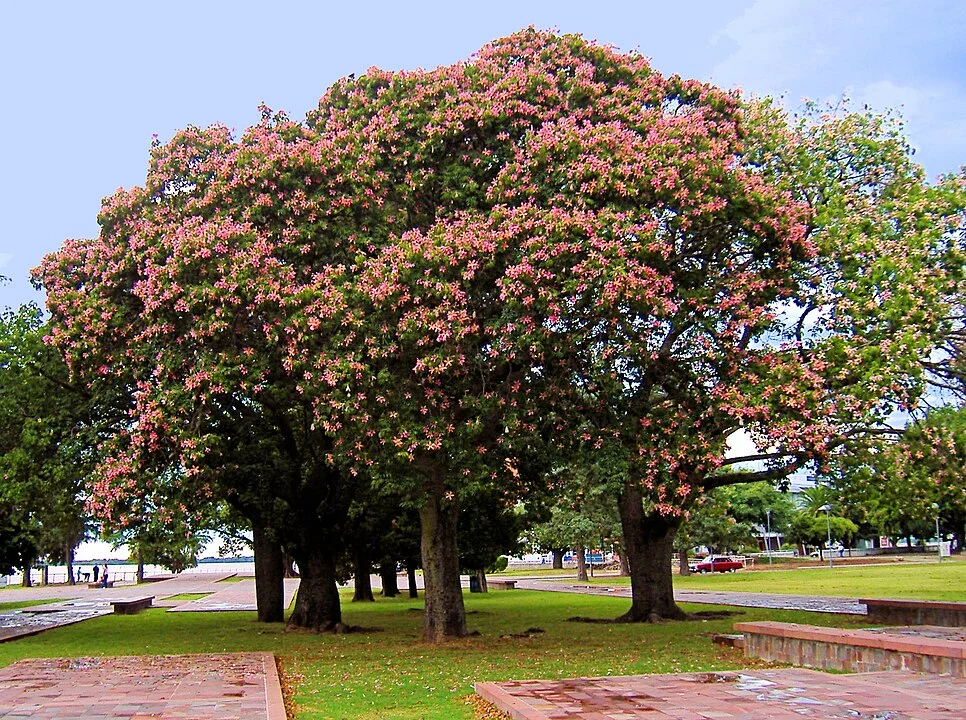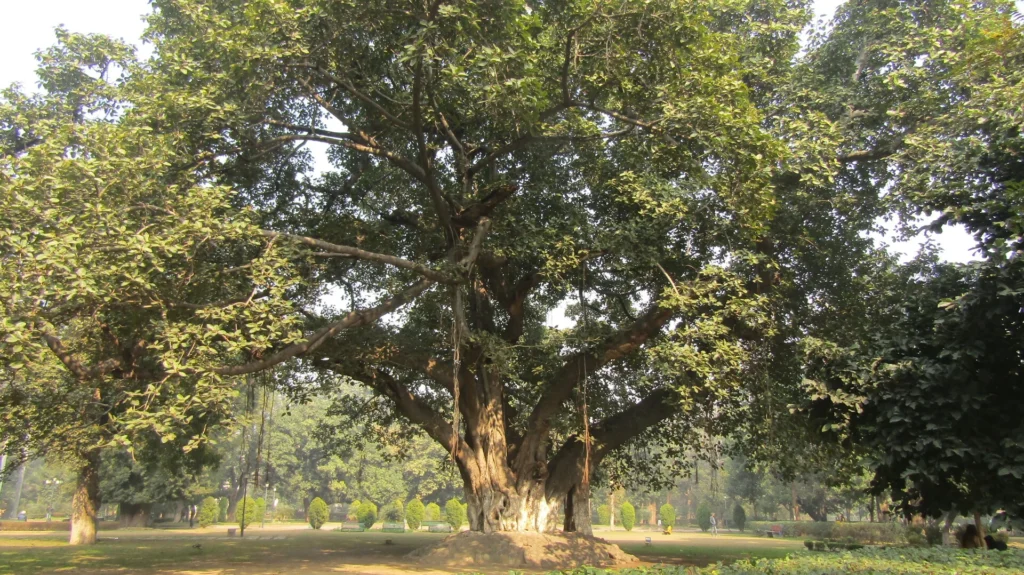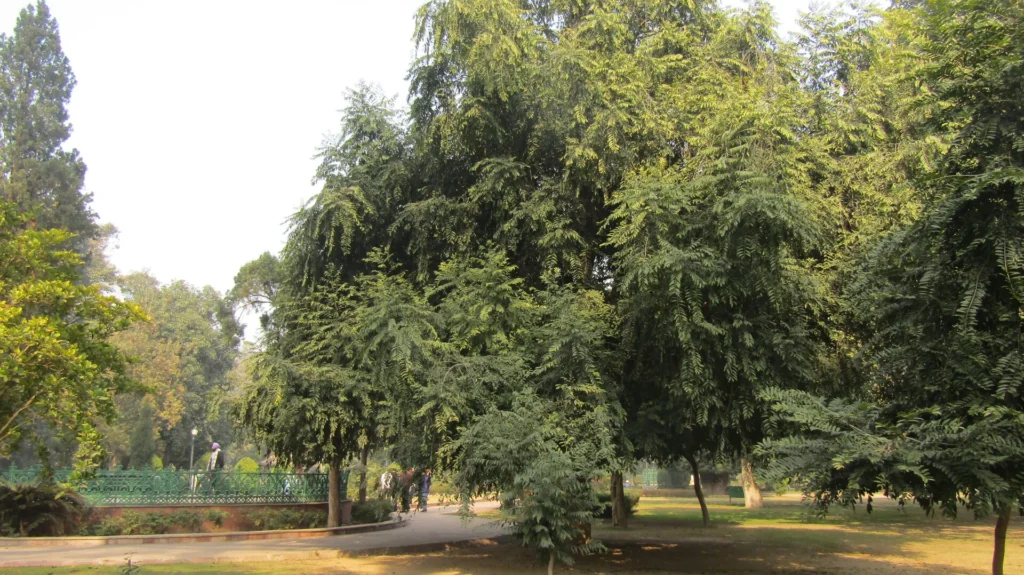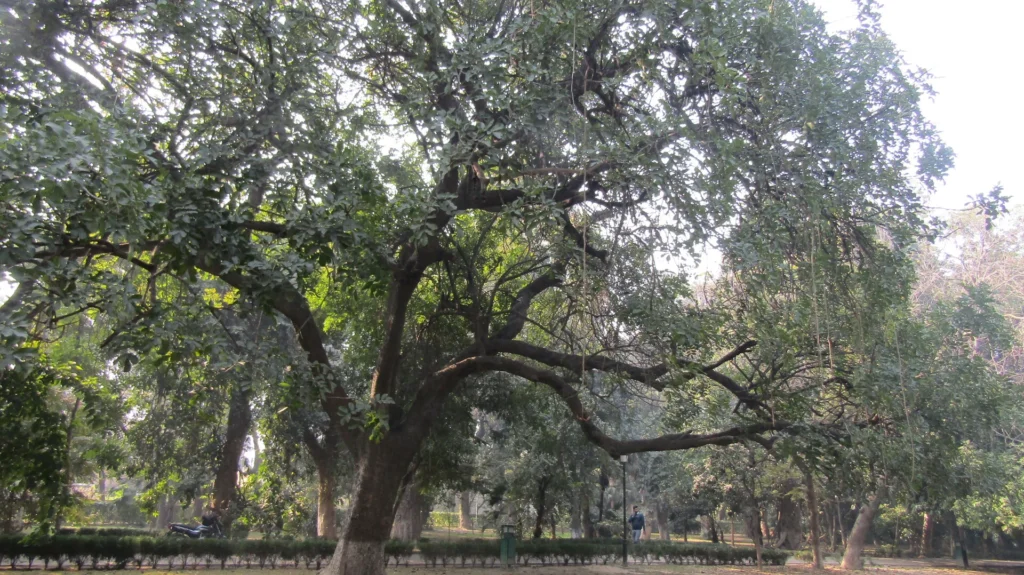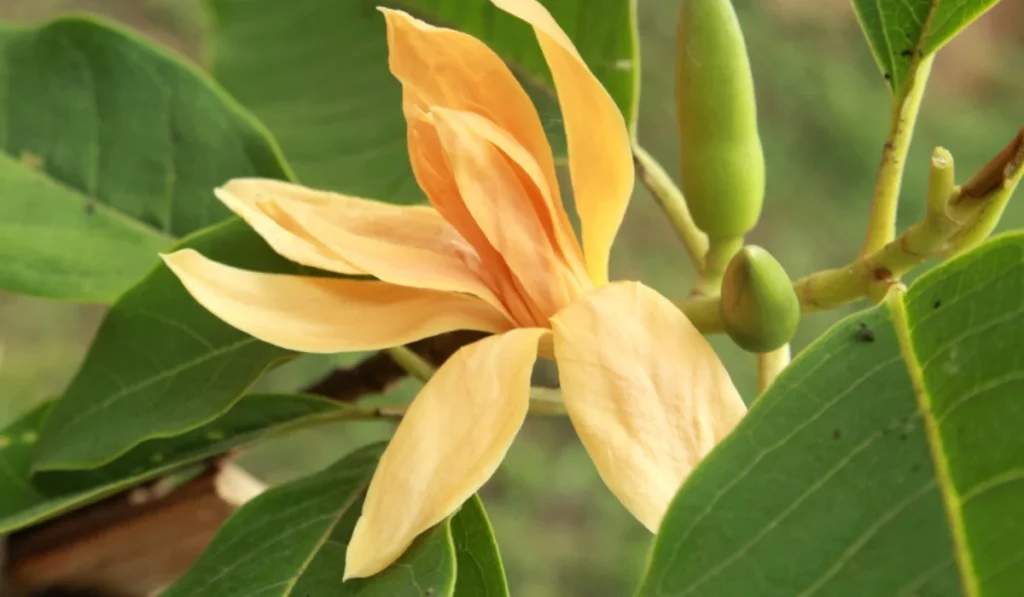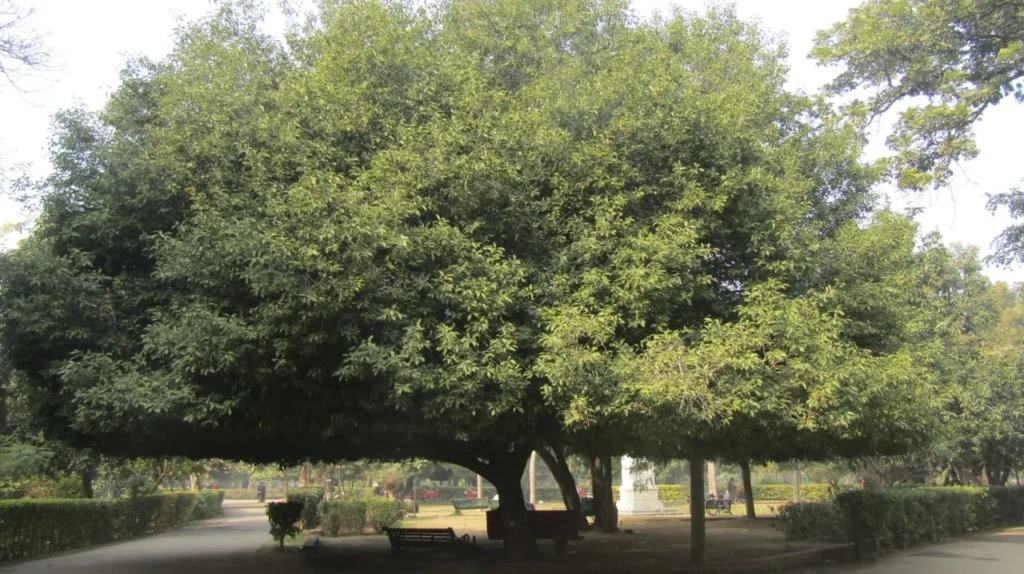Mexican silk cotton tree (Chorisia speciosa), is a species of deciduous tree that is native to the tropical and subtropical forests of South America. It has several local common names like in the USA it is often called the silk floss tree. It belongs to the same family as the species Bombax ceiba (Simbal) and other kapok trees.
- Kingdom: Plantae
- Characteristic feature: Tracheophytes
- Type of seed: Angiosperms
- Order: Malvales
- Family: Malvaceae
- Genus: Ceiba
- Species: C. speciosa

This silk tree is resistant to drought and moderate cold and It grows fast in spurts when water is abundant, and sometimes reaches more than 25 metres in height. Its trunk is bottle-shaped, generally bulging in its lower third, measuring up to 2 metres in girth. The trunk is studded with thick, sharp conical prickles that deter wild animals from climbing the trees. In younger trees, the trunk is green due to its high chlorophyll content, which makes it capable of performing photosynthesis when leaves are absent; with age it turns to gray and photosynthesis rate also decreases with it.
The branches tend to be horizontal and also are covered with prickles. The leaves are composed of five to seven long leaflets. The flowers are creamy-whitish in the center and pink toward the tips of their five petals.
Daily Use Case
The “cotton” inside the capsules, although not as good quality as that of the kapok tree, has been used as stuffing (density = 0.27 g/cm³). The wood can be used to make canoes, such as wood pulp, and to make paper. The bark has been used to make ropes. From the seeds, it is possible to obtain vegetable oil (both edible and industrially useful).
The floss silk tree is cultivated mostly for ornamental purposes. Outside of private gardens around the world, it is often planted along urban streets in subtropical areas such as in Spain, South Africa, Australia, northern New Zealand, and the southern USA, although its prickled trunks and limbs require establishing safety buffer zones around the tree in order to protect people and domesticated animals.
